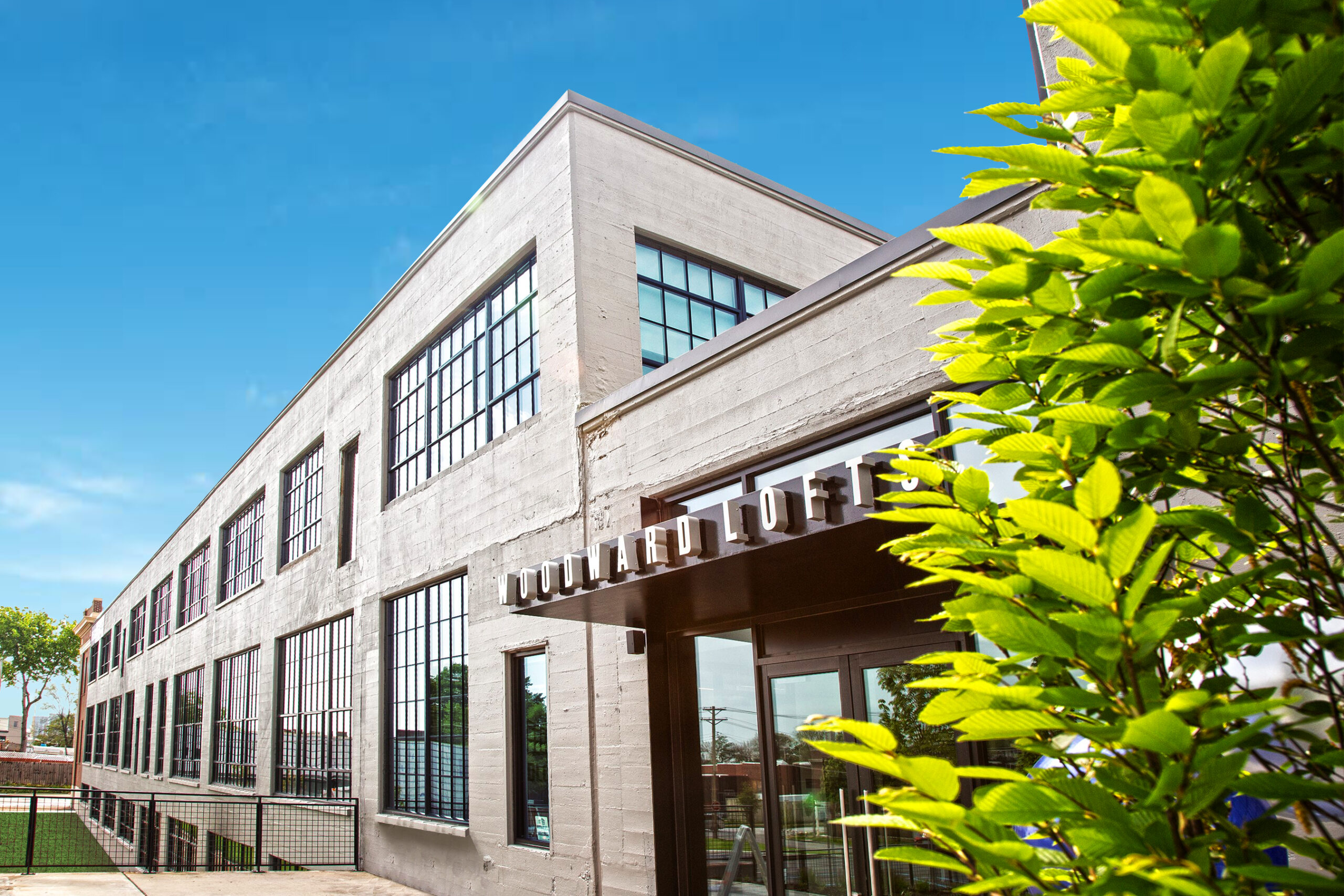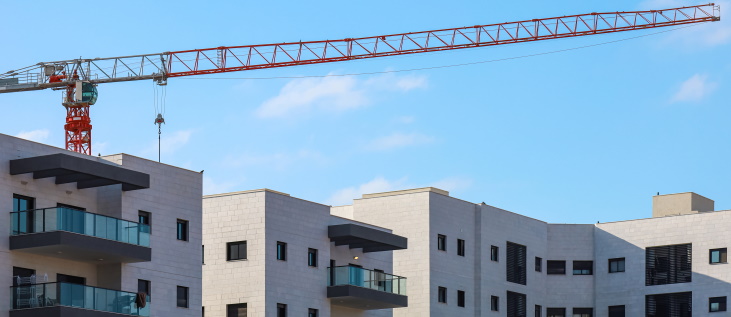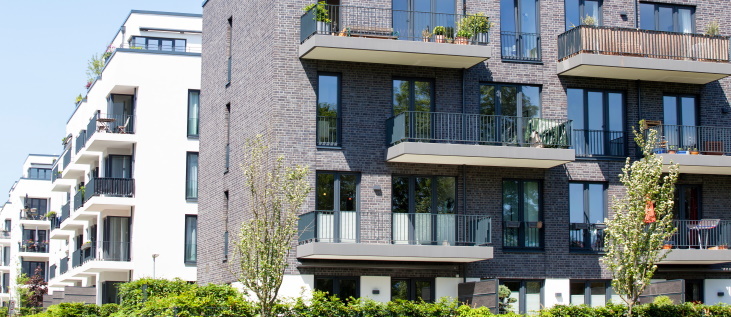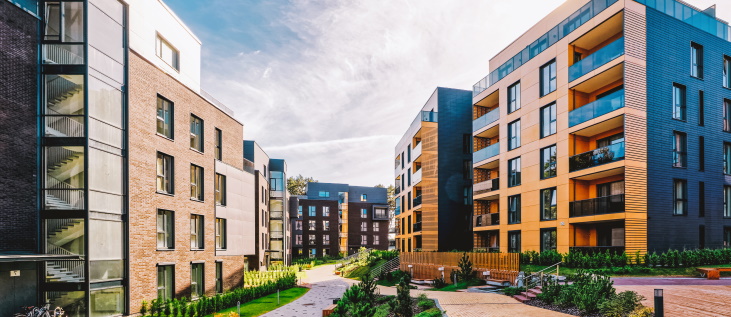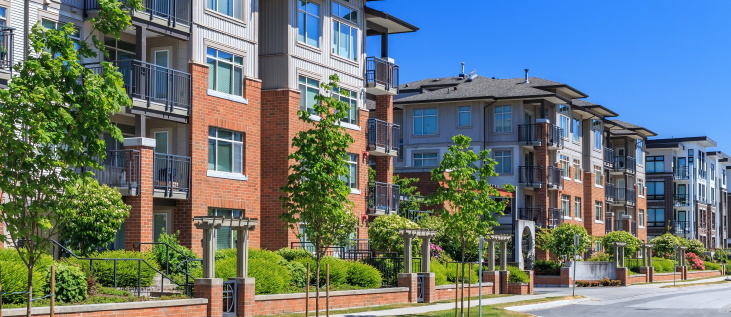This article will discuss the outlook for Kansas City real estate, both in the near term and beyond. To give you a sense of what you can expect as a real estate investor in the Kansas City metro area, we will review two types of data.
First, we’ll dig into the real estate numbers themselves, including the most recent data on both residential and commercial property in the region. Then we will take a look at the indirect data: the strength of the regional economy, the area’s demographic trends, etc., that help explain why the Kansas City real estate market is strong and will continue to grow even stronger in the coming years, particularly for multifamily property investors.
Kansas City Real Estate by the Numbers
First, the bottom line: The outlook for Kansas City real estate is very positive, both for residential and commercial property investors. Let’s review a few key stats that illustrate this view.
-
- Residential real estate
According to the 2019 Kansas City Housing Forecast, published by the Barton School of Business at Wichita State University, median home prices in Kansas City have risen steadily for several years. Between 2013 and 2018, home prices across the metropolitan area have appreciated a total of 34.1%.The researchers at Wichita State also forecast another 8% home-price appreciation in 2019.
- Residential real estate
- Commercial real estate (particularly multifamily investments)
According to its 2018 Kansas City Multifamily Report, MR Capital Advisors points out that the Kansas City multifamily market is still going strong – and that “we’ve been seeing the same thing for years,” with strong market fundamentals and transaction volume of multifamily units in the region surpassing $700 million for the last three years in a row.Also, a 2018 report from Cushman & Wakefield notes the transaction volume of apartments in Kansas City grew 11.9% from 2016 to 2017 (the 2018 data are not yet available). During this same period, the average per-unit price of Kansas City apartments rose 20.8%.
Understanding Kansas City’s Growing Popularity for Residents, Businesses, and Investors
But what is driving this growth and leading industry experts to forecast a strong outlook for Kansas City real estate? Here are a few important facts about the metro area that should help illuminate the increasing popularity of Kansas City as a place to live, work, and play.
-
- A thriving jobs market
Job site Glassdoor.com lists Kansas City among the nation’s “Top 25 Best Cities for Jobs in 2018.” And according to the Bureau of Labor Statistics, Kansas City’s unemployment rate stood at just 3.1% in October 2018.Also, six Kansas City-area businesses are listed among the Forbes 2018 list of “Best American Employers.”
In fact, as a 2018 report from news outlet KCUR points out, the Kansas City metro area’s business expansion has been so strong in recent years that the area is now facing a labor shortage. Even with many people are migrating to the region, employers are still finding it difficult to fill needed jobs and are working hard to attract more talent – which is one reason Kansas City enjoys higher-than-average wages and salaries.
- A thriving jobs market
-
- Great schools
US News & World Report lists 19 Kansas City-area schools on its annual ranking of “Best High Schools” in the country.
- Great schools
-
- Emphasis on work-life balance
When the publication Business Insider ranked the “13 US cities where people have the greatest amount of free time, the best health, and well-paying jobs” for 2018, Kansas City earned the number 5 slot.
- Emphasis on work-life balance
- An appealing region for millennials
The millennial generation is discovering the Kansas City metro area, and they’re moving there in increasing numbers.When SmartAsset recently analyzed 200 large cities in the US to find the areas with the highest levels of millennial homeownership, the country’s top city was the Kansas City-area town of Olathe. (Another Kansas-City area region, Overland Park, came in 11th on the list.)
Of course, more millennials rent than buy, and another reason so many are choosing Kansas City is the metro area’s mobility, access to cultural and entertainment amenities, and relatively low cost of living. A Forbes “Best Cities for Renters” lists Kansas City as number six in the country.
That last point is one reason we see a strong outlook for Kansas City real estate, particularly the multifamily market, in the coming years. The influx of new residents continues to outpace the growth in the area?s available inventory of apartment units.
If you’re interested in investing in the Kansas City multifamily real estate market, the fastest and simplest way is to get started is to invest in a private fund that specializes in purchasing and operating multifamily property in the Kansas City metropolitan area. Learn more about The Worcester Fund: the leading fund for Kansas City multifamily real estate, managed by a team of experts that has delivered an annualized 30% ROI to investors over the past decade.



